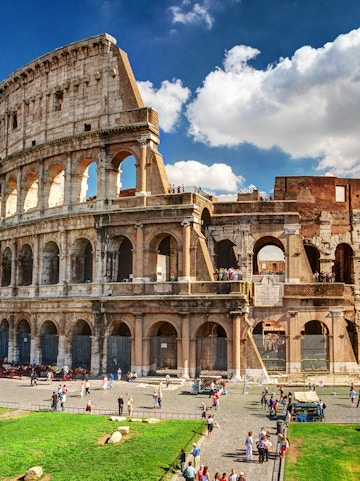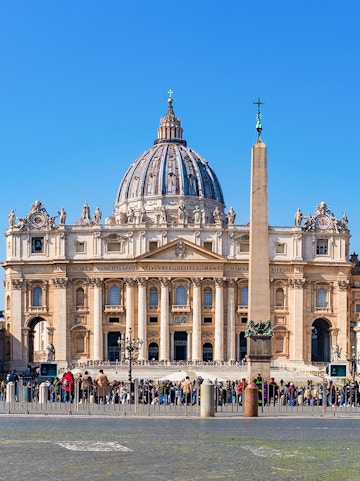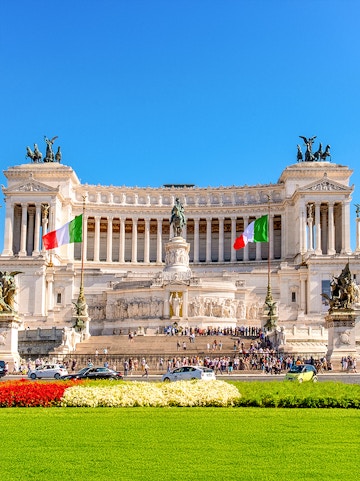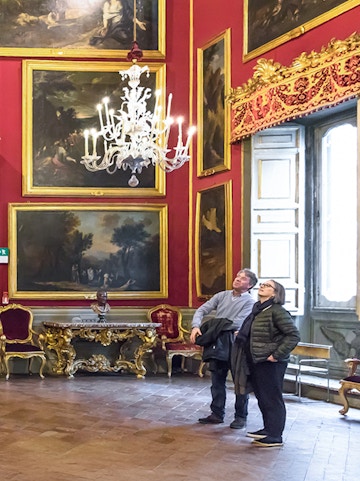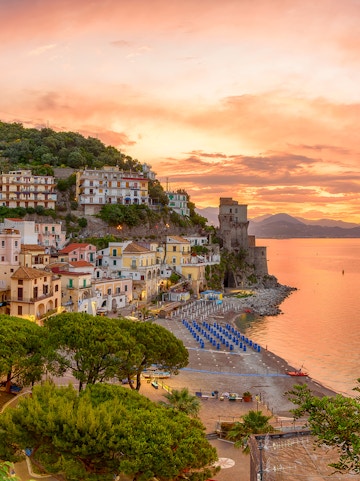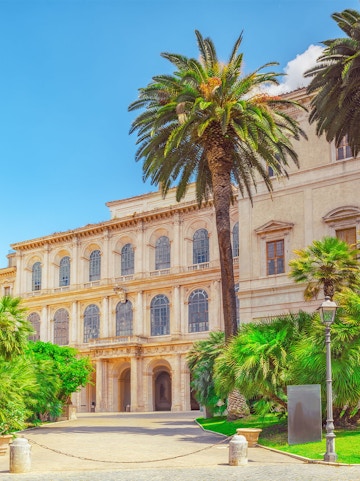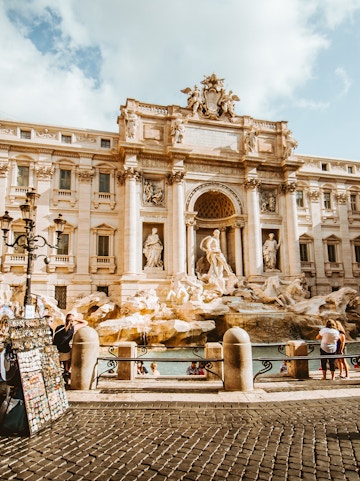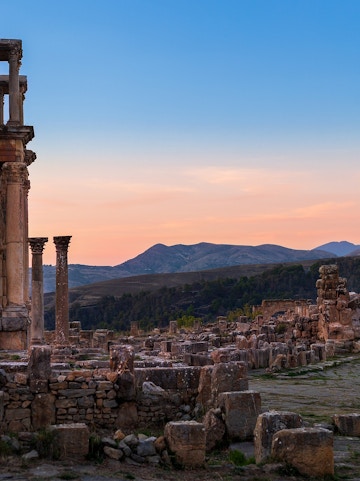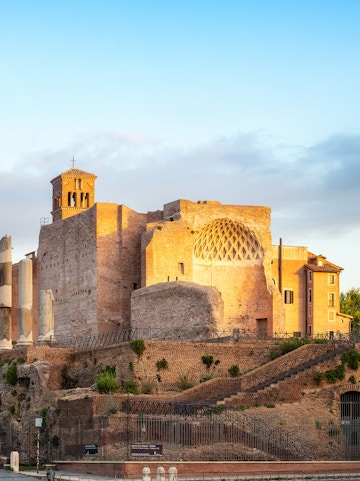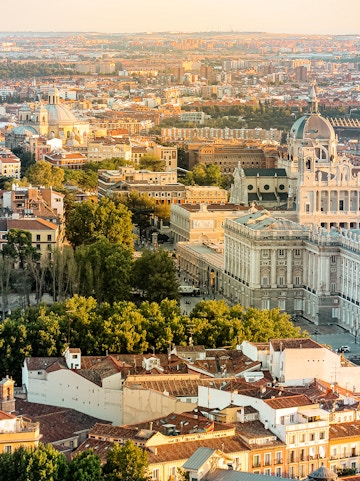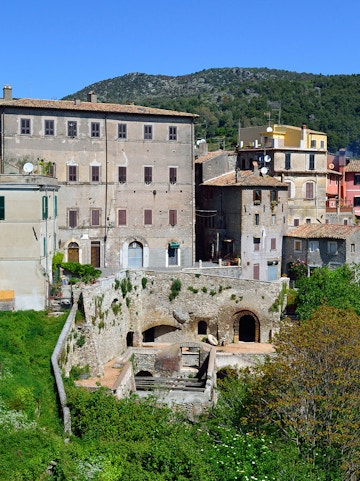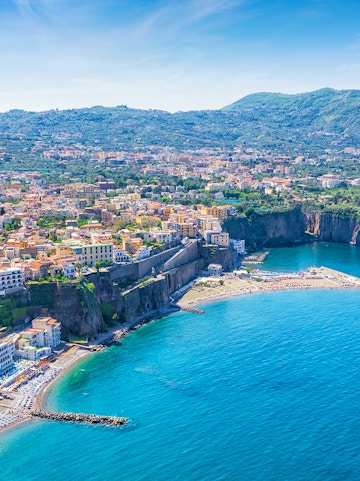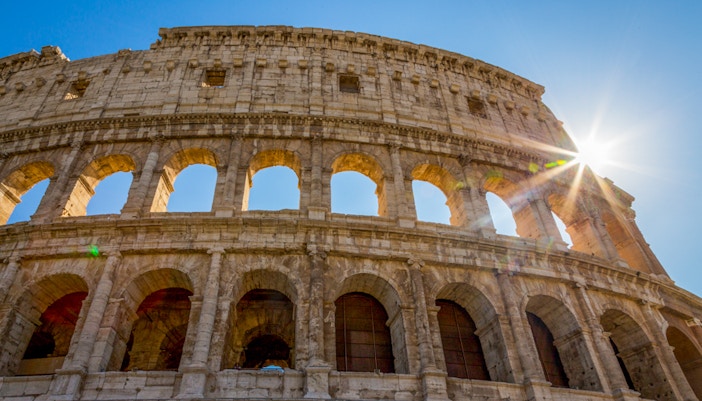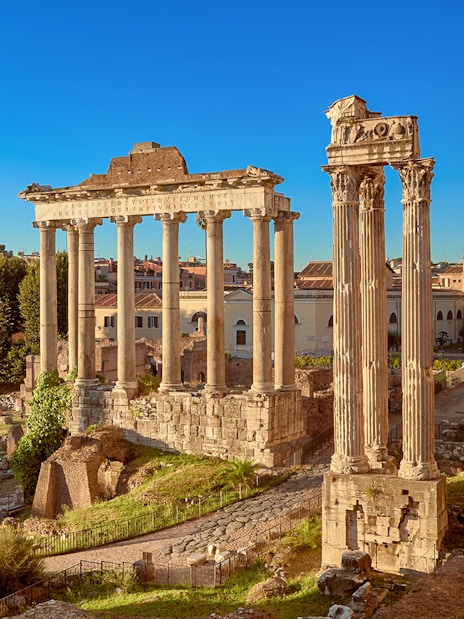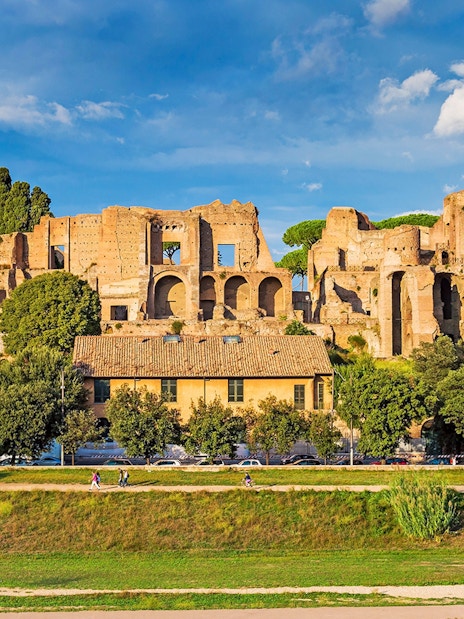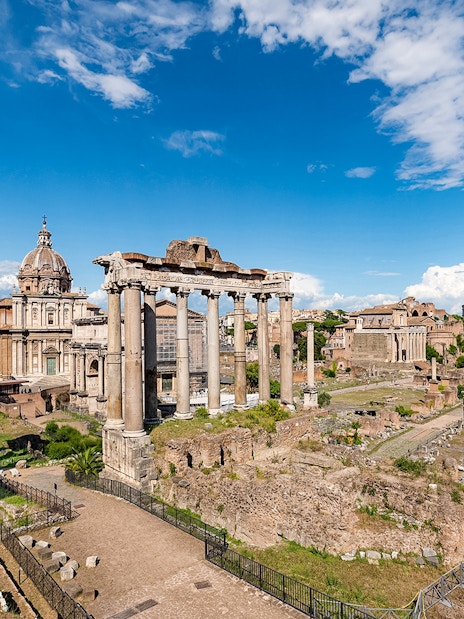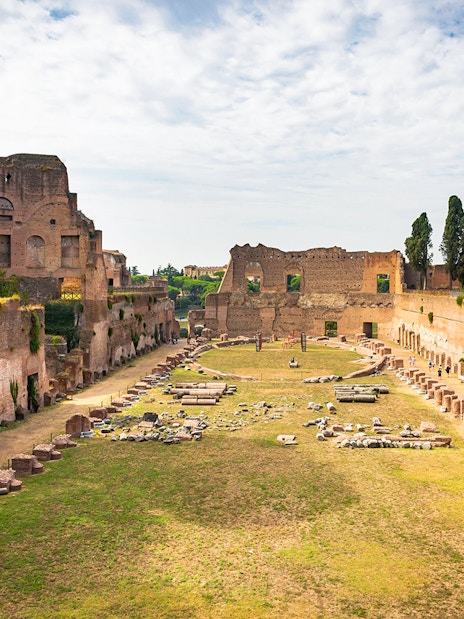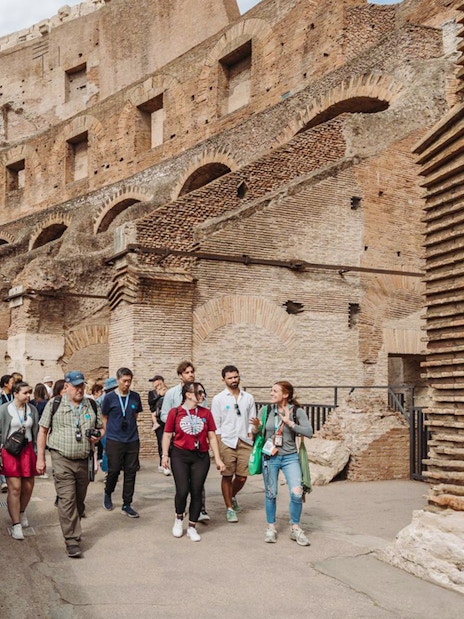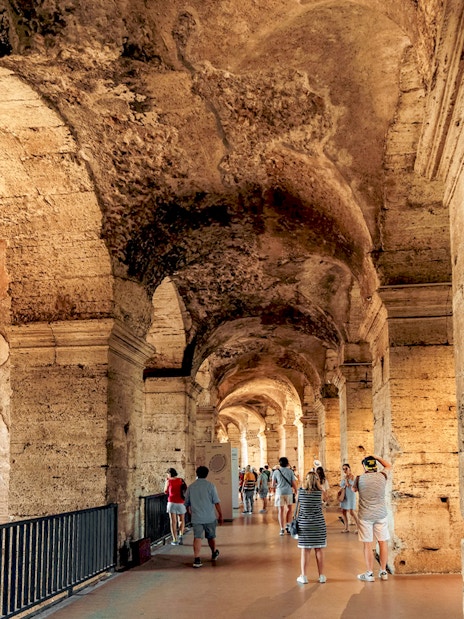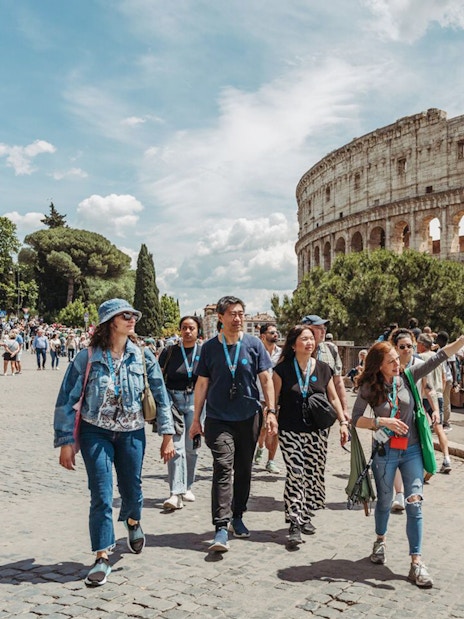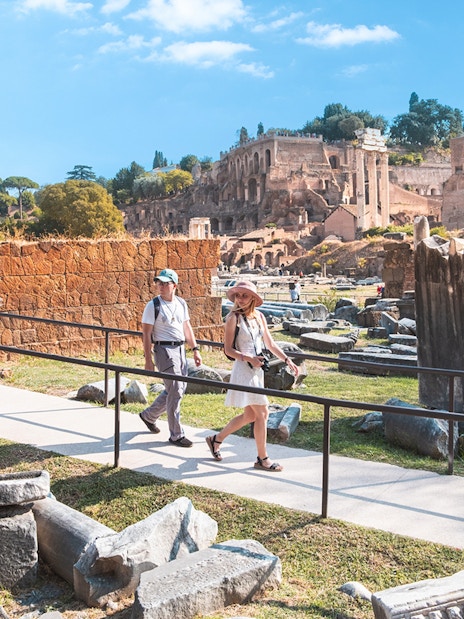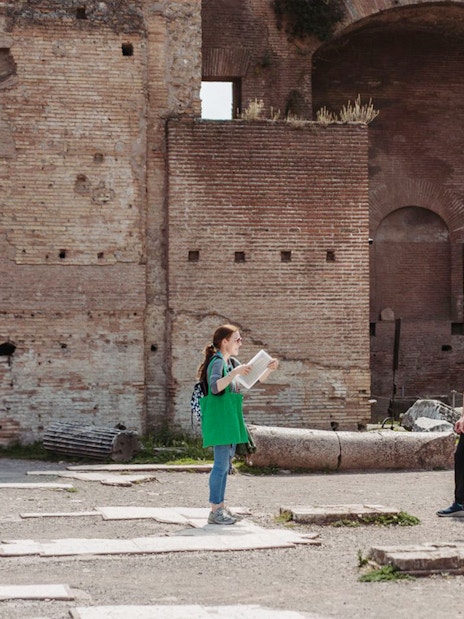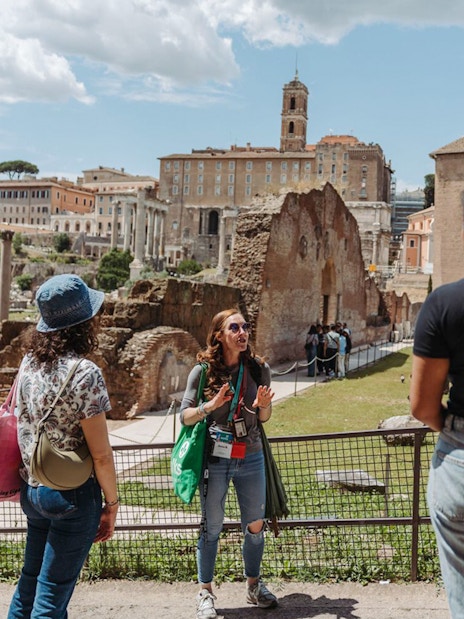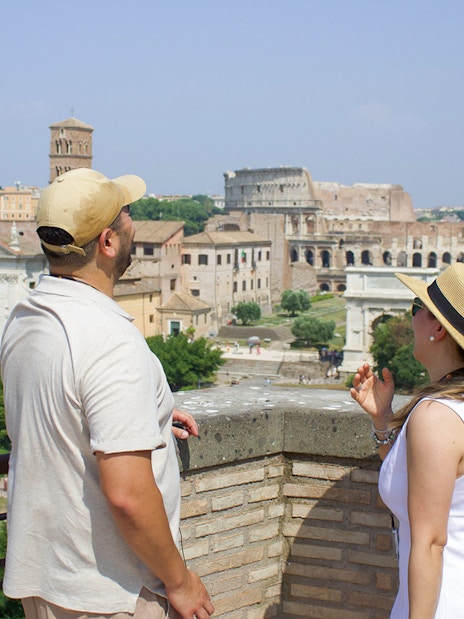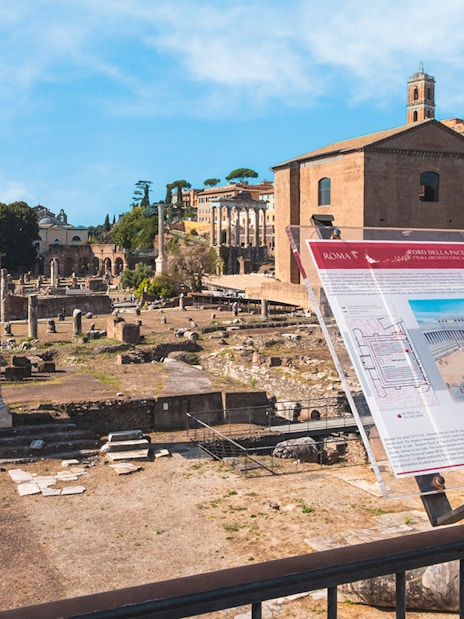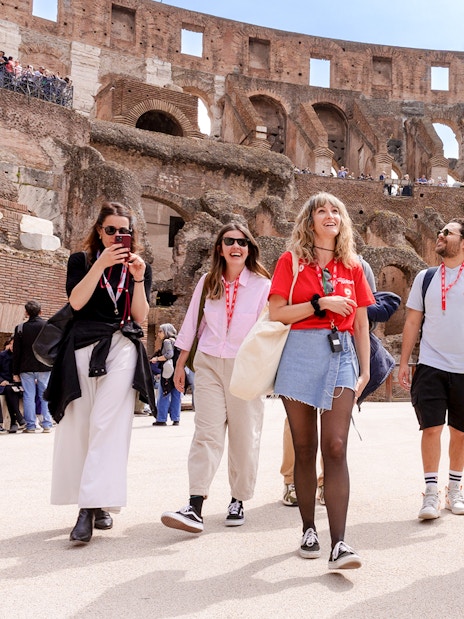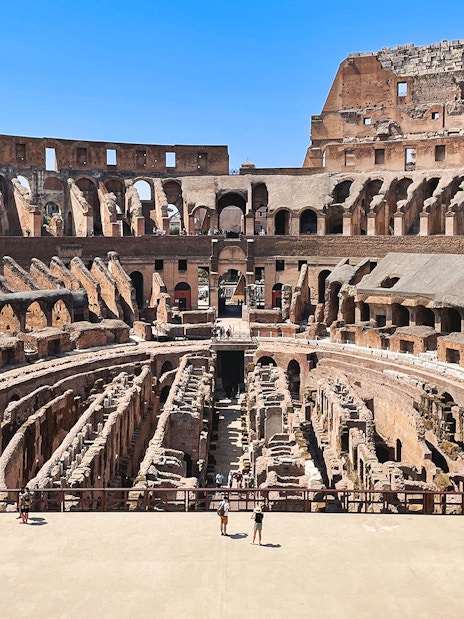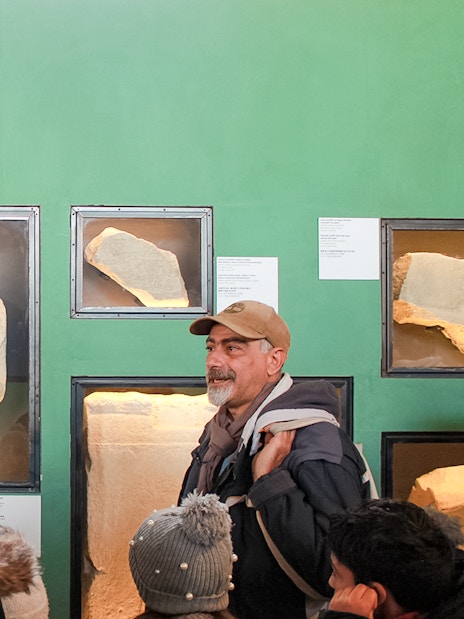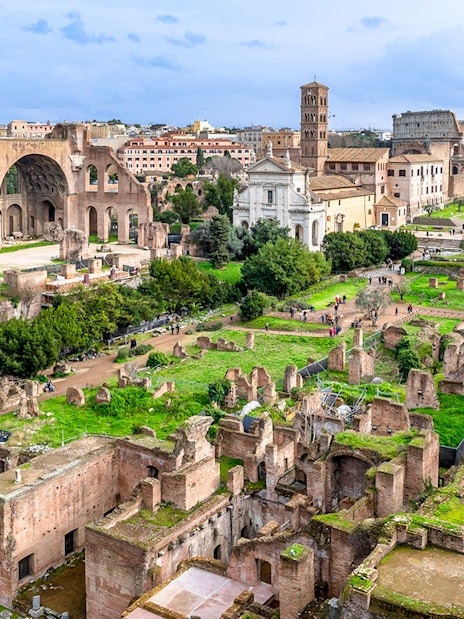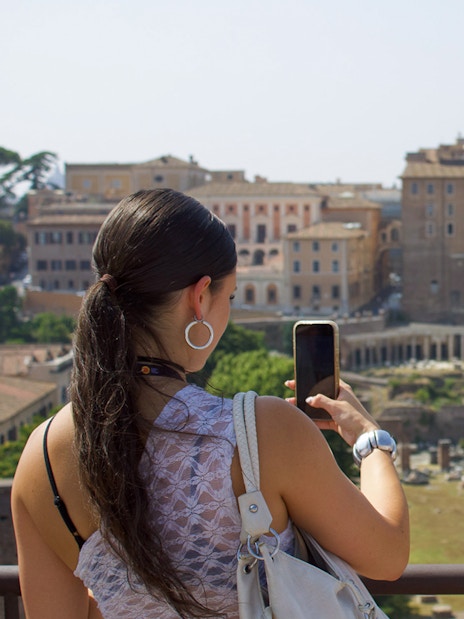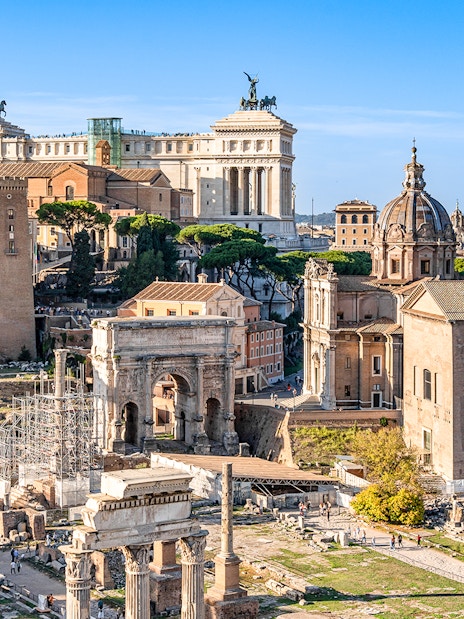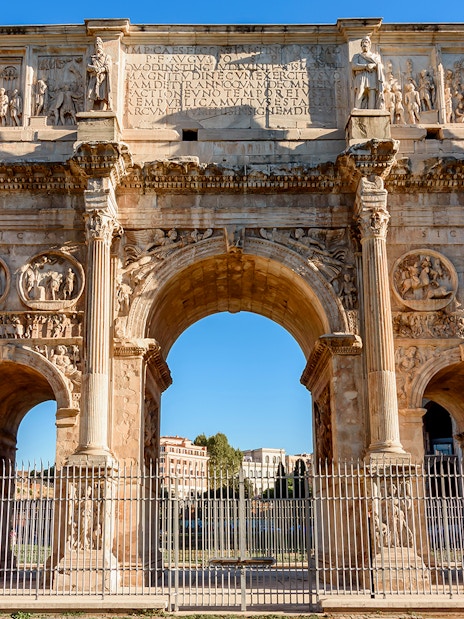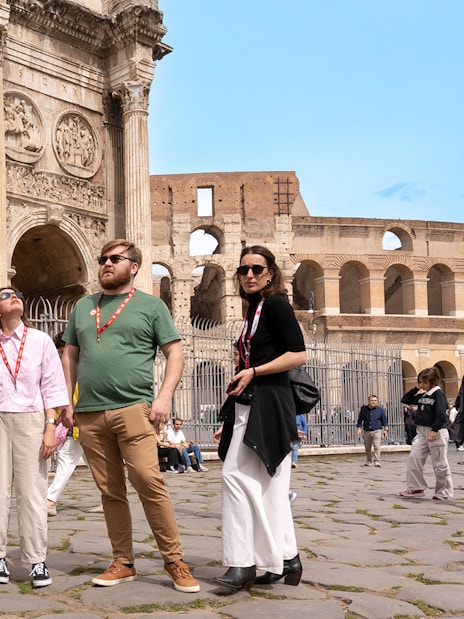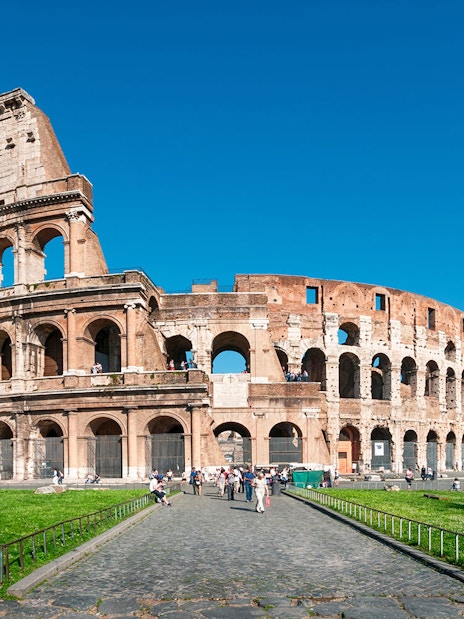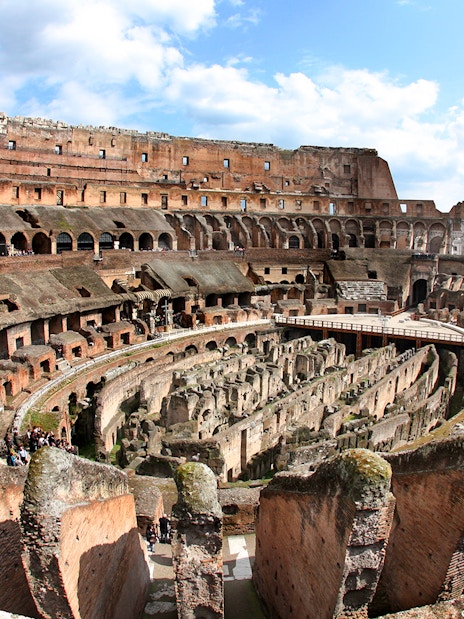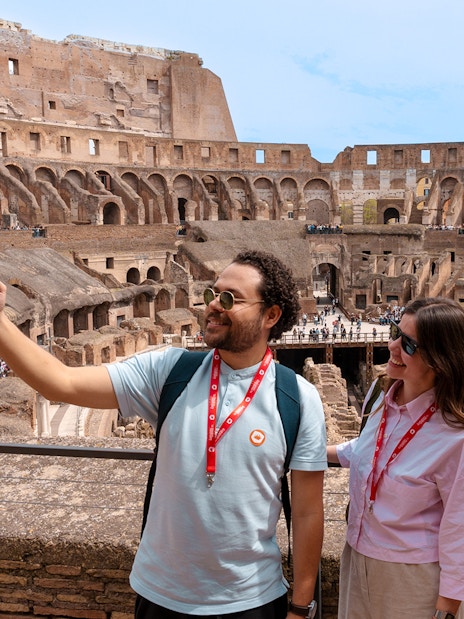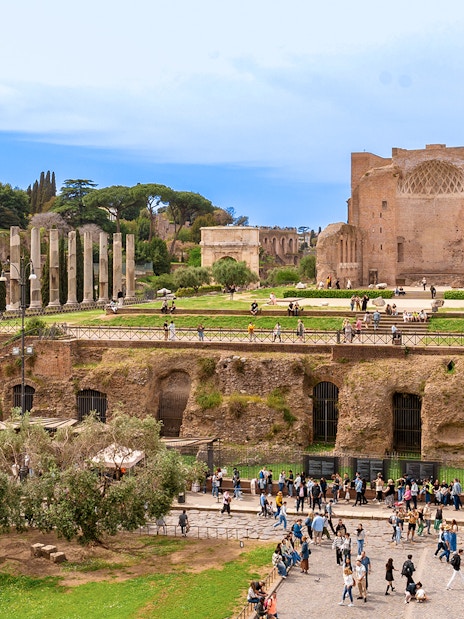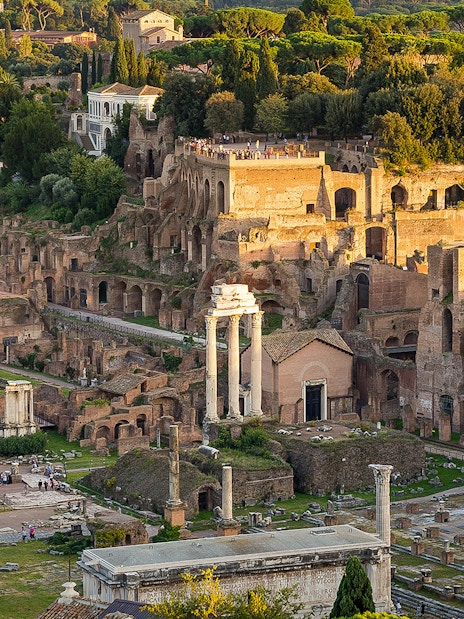Krótka historia Palatyna: Oś czasu
753 p.n.e. - Legendarne miejsce narodzin Rzymu
Według mitu Romulus założył Rzym na Palatynie po zabiciu swojego brata bliźniaka Remusa. To legendarne pochodzenie wzmacnia symboliczne miejsce wzgórza w historii Rzymu.
I wiek p.n.e. - Powstanie rezydencji cesarskich
Cesarze tacy jak August i Tyberiusz zbudowali na szczycie wzgórza bogate pałace, przekształcając je w najbardziej prestiżowy adres w starożytnym Rzymie. Świątynie, fontanny i ogrody pokazują imperialną potęgę.
1-5 wiek n.e. - centrum polityczne i duchowe
Wzgórze Palatyn nadal prosperuje jako siedziba władzy, Opiekun wycieczki ważne świątynie religijne, takie jak świątynie Apollina i Cybele. Cesarze, w tym Domicjan, jeszcze bardziej zwiększyli jego wielkość.
📍 5 - 15 wiek - Upadek i gasnąca chwała
Wraz z upadkiem Cesarstwa Rzymskiego, pałace na wzgórzu popadają w ruinę. Kamienie są ponownie wykorzystywane, a rozproszone średniowieczne osady zastępują imperialny splendor.
📍 XV-XVIII wiek - rozpoczyna się ponowne odkrycie
Renesans wywołuje ponowne zainteresowanie klasyczną starożytnością. Artyści, naukowcy i pierwsi archeolodzy badają ruiny, kładąc podwaliny pod przyszłe wykopaliska.
XIX wiek - Systematyczne wykopaliska archeologiczne
Wykopaliska stają się bardziej zorganizowane. Budowle takie jak pałac Domicjana oraz domy Liwii i Augusta zostały odkopane, odsłaniając oszałamiające mozaiki i freski.
📍 XX wiek - renowacja i dostęp
Wysiłki konserwatorskie mają na celu ochronę delikatnych pozostałości wzgórza. W miarę jak Rzym rozwija swoją infrastrukturę turystyczną, Palatyn zostaje otwarty dla zwiedzających, często w połączeniu z Koloseum i Forum.
📍 XXI wiek - archeologia na żywo
Wykopaliska nadal ujawniają nowe komnaty, dzieła sztuki i struktury. Nowoczesne oznakowanie, wycieczki z przewodnikiem i ekspozycje muzealne wzbogacają wrażenia zwiedzających, czyniąc Palatyn obowiązkowym punktem dla miłośników historii.
Wyjaśnienie historii Koloseum



















